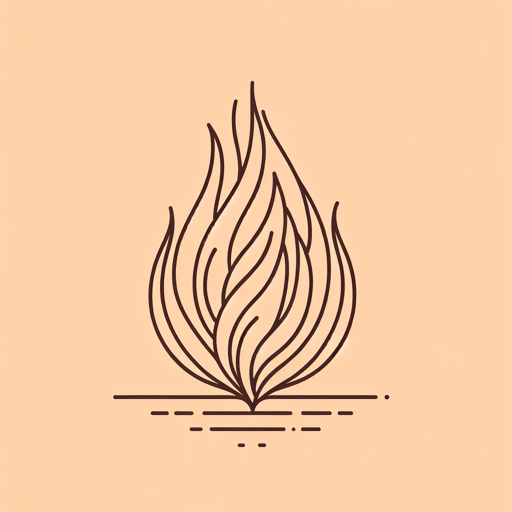26 pages • 52 minutes read
T. S. EliotFour Quartets
Fiction | Poem | Adult | Published in 1941A modern alternative to SparkNotes and CliffsNotes, SuperSummary offers high-quality Study Guides with detailed chapter summaries and analysis of major themes, characters, and more.
Symbols & Motifs
The Natural World
The “Four Quartets” are full of nature imagery which functions to evoke a variety of emotions and memories in the reader. Images of gardens, flowers, rivers and seas, the earth, and the night sky combine to convey a sense of wonder: The presence of life in all of its natural forms is a marvel of grandeur. Against the omnipresence of nature are humans, who, in many instances in the poem, appear secondary to nature, as if they have been drawn or positioned by a higher power. The dancers around the bonfire in “Burnt Norton” are doll-like in their crude descriptions, and the surgeons, doctors, and nurses of “East Coker” merge with the bodies they are trying to help, blurry in their lack of individuality.
Specific images of nature convey the paradox of life and death. Water imagery is both dangerous and replenishing, symbolizing both death and life, as illustrated by the rivers and the seas of “The Dry Salvages.” Early in “Burnt Norton,” the lotus appears in a pool that is dry one instant and shimmering the next. The lotus is a flower that blooms even in inhospitable conditions, like an empty pool; in this 







Related Titles
By T. S. Eliot
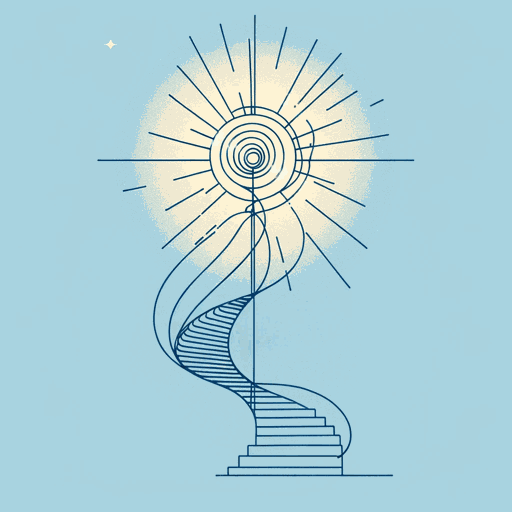
Ash Wednesday
T. S. Eliot
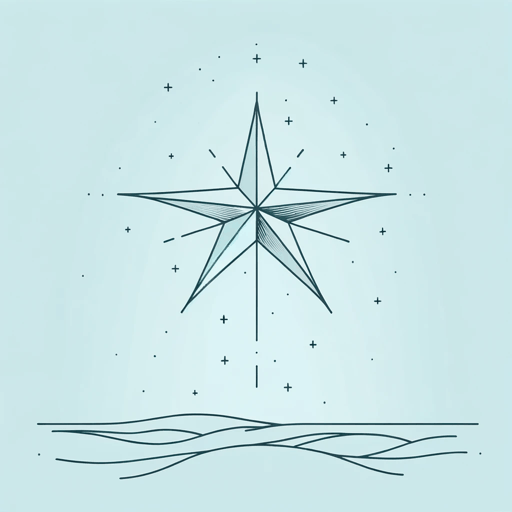
Journey of the Magi
T. S. Eliot
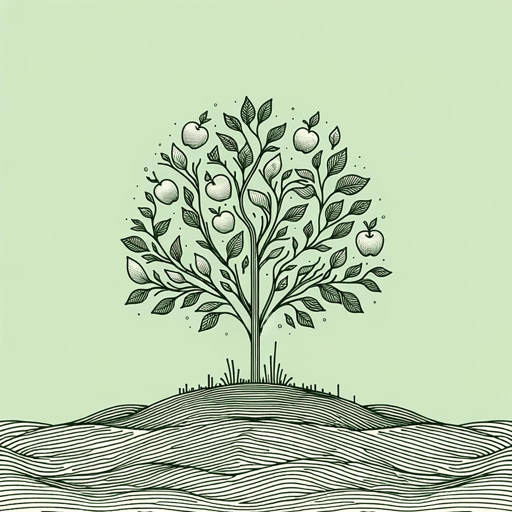
Little Gidding
T. S. Eliot
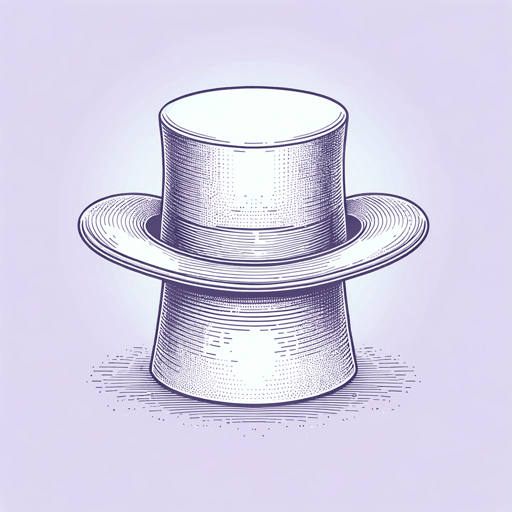
Mr. Mistoffelees
T. S. Eliot

Murder in the Cathedral
T. S. Eliot
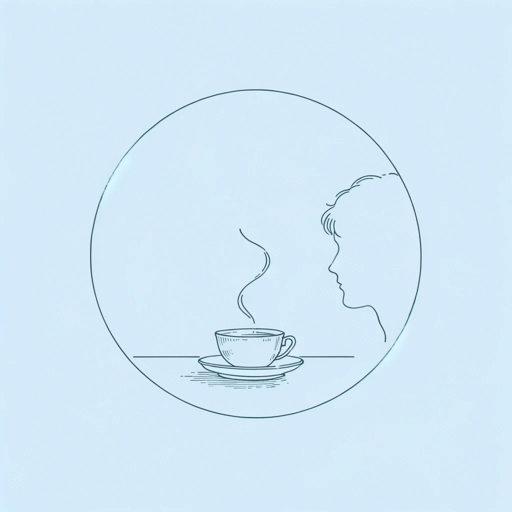
Portrait of a Lady
T. S. Eliot
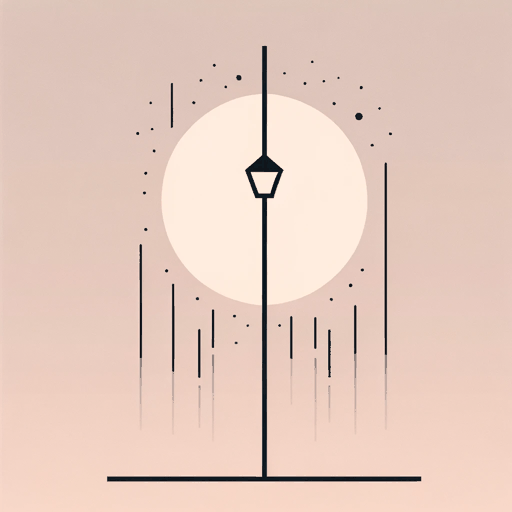
Rhapsody On A Windy Night
T. S. Eliot

The Cocktail Party
T. S. Eliot
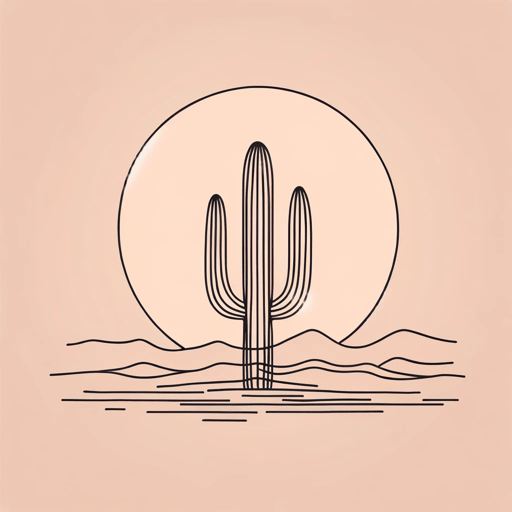
The Hollow Men
T. S. Eliot
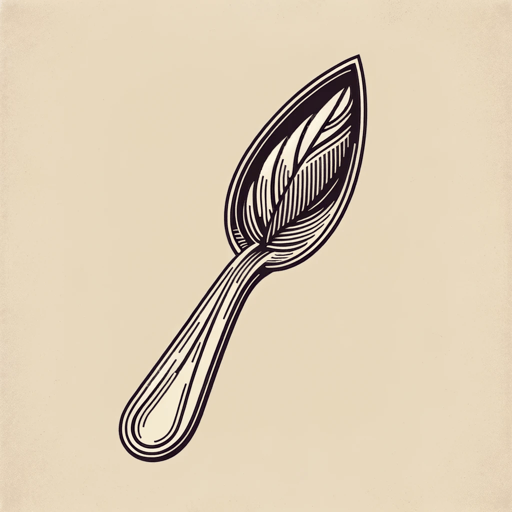
The Love Song of J. Alfred Prufrock
T. S. Eliot
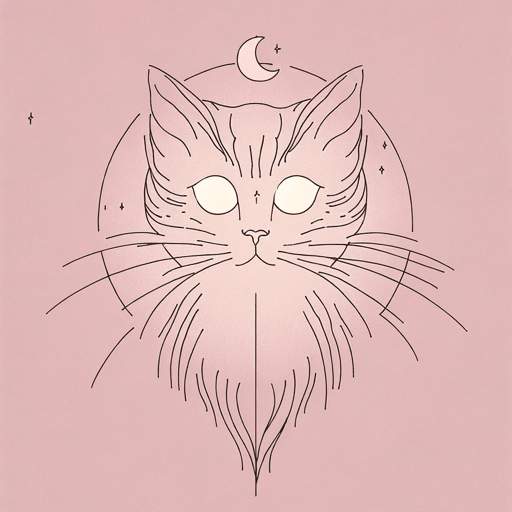
The Song of the Jellicles
T. S. Eliot

The Waste Land
T. S. Eliot
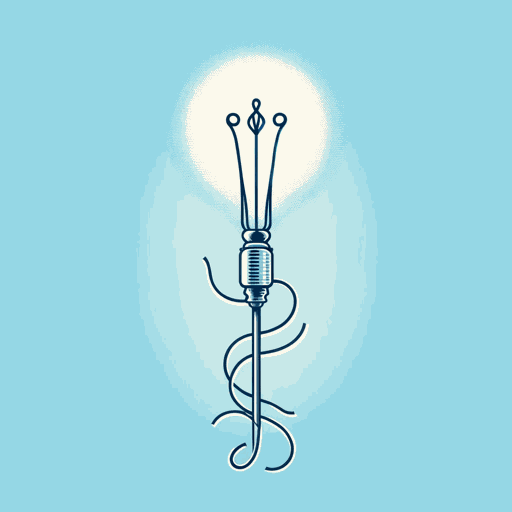
Tradition and the Individual Talent
T. S. Eliot
